
What Is the Average Necklace Length? Learn the Standard Size
What is the average necklace length? It’s typically 18 inches, a size commonly known as the “princess” length. This standard measurement—taken end-to-end, including the clasp—flatters most body types by resting gracefully at the collarbone. Its versatility makes it perfect for pairing with different pendants and chain styles, ideal for everyday wear. Knowing what the average necklace length is can help you choose pieces that fit comfortably and elevate your style—explore options like those in our Dainty Gold Necklace collection to find your perfect match.
Understanding Necklace Measurements
How exactly do jewelers determine necklace length? They measure from end to end, including the clasp, using a flexible measuring tape or a specialized necklace sizing tool.
You’ll often see measurements listed in inches or centimeters, ensuring precision for both fit and style.
When you store necklaces, always lay them flat or hang them, as improper jewelry storage can alter their shape and skew future measurements.
Regular necklace cleaning also matters—residues and build-up can affect how a chain lays and its perceived length.
For custom orders, jewelers may use a sizing template or drape the necklace around a neck model to confirm fall and drape.
Consistent, careful measuring and maintenance keep your necklaces fitting correctly and looking pristine.
Standard Necklace Lengths for Women
Once you understand how necklace lengths are measured, it's important to know the standard sizes you'll encounter when shopping for women's necklaces. Common lengths include the choker (14-16 inches), princess (18 inches), matinee (20-24 inches), opera (28-36 inches), and rope (over 36 inches).
You'll need to consider chain thickness, as a thicker chain will sit differently on your neckline compared to a delicate, thin chain. Pendant sizes also influence the overall appearance—larger pendants usually require longer lengths to hang comfortably, while smaller pendants pair well with shorter chains.
Always account for how the chain thickness and pendant sizes interact, ensuring balanced proportions and a comfortable fit. By understanding these standards, you can select a necklace that complements your style and wardrobe.
Standard Necklace Lengths for Men
While women’s necklaces often follow a broad range of lengths, men’s necklaces typically adhere to a narrower set of standard measurements. Most men’s necklaces range from 18 to 24 inches, with 20 inches being the most common.
An 18-inch chain usually sits at the base of your neck, while a 20-inch chain falls at your collarbone, striking a versatile balance. At 22 or 24 inches, the chain rests just above or on your sternum, suitable for pendants.
Selecting the correct length depends on neck size, intended style, and the chain materials—such as stainless steel, sterling silver, or gold—which can affect weight and drape.
For ideal necklace maintenance, regularly clean and inspect the clasp and links to guarantee longevity and consistent appearance.
Popular Styles and Their Typical Sizes
A variety of necklace styles each come with typical length conventions that influence both appearance and comfort. When you select chain styles, such as cable, curb, or rope chains, you’ll notice they commonly range from 16 to 24 inches.
Chokers, for example, generally measure 14 to 16 inches and rest snugly at the base of your neck. Princess-length necklaces, a versatile choice, typically fall at 18 inches, ideal for displaying small to medium pendant sizes.
Matinee styles average 20 to 22 inches, offering a draped effect suited for larger pendants. Opera and rope necklaces extend beyond 28 inches, allowing for layering or dramatic centerpieces.
How to Measure Your Ideal Necklace Length
To determine your ideal necklace length, start by referencing the anatomical points of your neck and chest as guideposts. Use a flexible measuring tape or a piece of string. Drape it around your neck, letting it rest at the desired position—whether at the base of your throat (choker), collarbone (princess), or just above the bust (matinee). Mark the length, then measure it flat with a ruler for accuracy.
Factor in your neck circumference and torso length for proportional results. For effective jewelry care, always record your preferred measurements and consider them when purchasing new pieces.
Store necklaces laid flat or hung to prevent tangling and kinking, optimizing necklace storage and preserving their shape. Regularly review your measurements as your preferences evolve.
Matching Necklace Lengths to Necklines
Since necklace length dramatically affects how jewelry complements your outfit, understanding the interaction between different necklace styles and various necklines is essential.
For example, short chain styles like chokers (14–16 inches) pair best with crew or bateau necklines, drawing attention to your neck.
Princess-length necklaces (17–19 inches) suit V-necks and scoop necklines, as they follow the collar’s contour and highlight your clavicle.
Matinee lengths (20–24 inches) work well with higher necklines such as turtlenecks, providing visual balance.
Consider jewelry materials—metallic chains offer a classic look, while pearls or beaded strands add texture.
Always match the necklace’s drape and width to the neckline’s shape for advantageous harmony.
The right combination enhances both your jewelry’s features and your overall ensemble.
Tips for Layering and Customizing Necklace Sizes
While layering necklaces can elevate your look, achieving a balanced effect requires careful attention to length variation, chain thickness, and pendant placement. Start by selecting chains that differ by at least two inches in length to prevent tangling and allow each piece to stand out.
When mixing charm necklaces and larger statement pendants, consider pendant sizes so that smaller charms sit higher on your neckline while bolder pieces draw the eye lower. Combine various chain thicknesses to add depth and avoid visual monotony—pair delicate cable chains with chunkier curb or rope styles.
If you’re customizing necklace sizes, use adjustable extenders to fine-tune the drop and accommodate different necklines. By thoughtfully coordinating charm necklaces and pendant sizes, you’ll create a cohesive, visually dynamic layered arrangement.
Frequently Asked Questions
Can Necklace Length Affect the Value or Price of a Necklace?
When you consider necklace sizing, you’ll notice it directly impacts jewelry valuation. Longer or custom lengths often require more precious metals or craftsmanship, increasing cost. Unusual sizes may also affect demand, influencing a necklace’s market price.
Are Adjustable Necklaces More Expensive Than Fixed-Length Ones?
When you compare necklace length options, you'll often find adjustable necklaces cost more than fixed-length ones. That's because adjustable necklaces require extra components—like sliding clasps or extension chains—and additional craftsmanship, which increases production complexity and overall price.
Do Different Cultures Have Unique Standard Necklace Lengths?
You’ll notice cultural jewelry often features unique standard necklace lengths, as traditional measurements vary worldwide. In India, mangalsutra lengths differ from Western chains, while African beadwork employs distinct sizing conventions based on regional customs and symbolic meanings.
How Should Necklace Length Be Stored to Prevent Tangling?
To prevent tangling, you should use jewelry storage solutions like compartmentalized trays or necklace organization racks. Hang each necklace separately or lay them flat, ensuring chains don’t overlap, which minimizes friction, knotting, and potential metal abrasion.
Is It Possible to Resize a Necklace After Purchase?
Yes, you can request necklace resizing through jewelry alterations. A jeweler adjusts the chain length by adding or removing links, using precision tools. However, intricate designs or certain materials may limit resizing options, so always consult a professional.
Conclusion
Now that you know the standard necklace lengths and how they’re measured, you can confidently select the right size for any style or occasion. Remember, women’s necklaces usually range from 16 to 20 inches, while men’s styles are often 18 to 24 inches. Always factor in your neck size, preferred fit, and outfit neckline. With these measurements and layering techniques, you’ll guarantee both comfort and visual appeal, customizing your jewelry to suit your individual look.














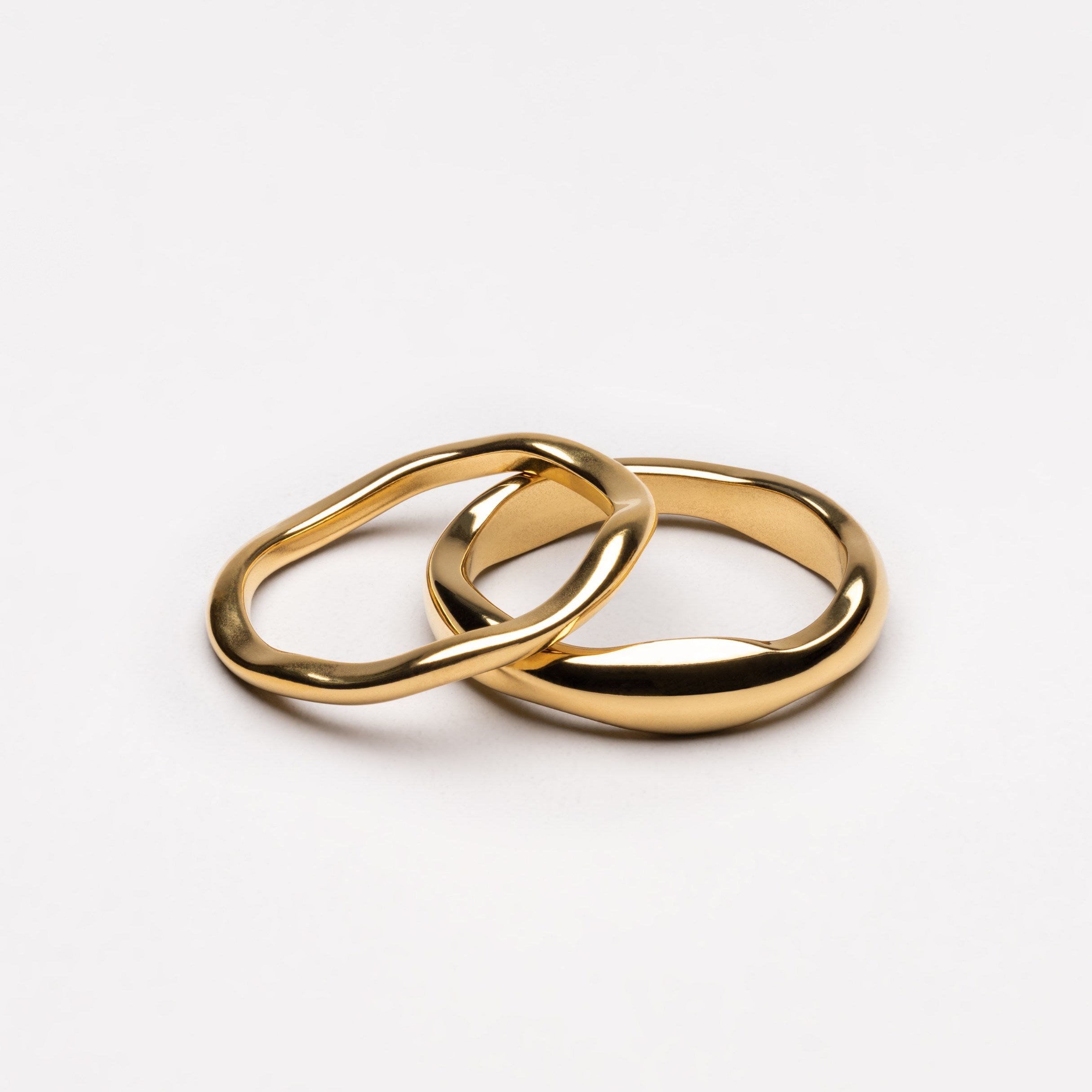
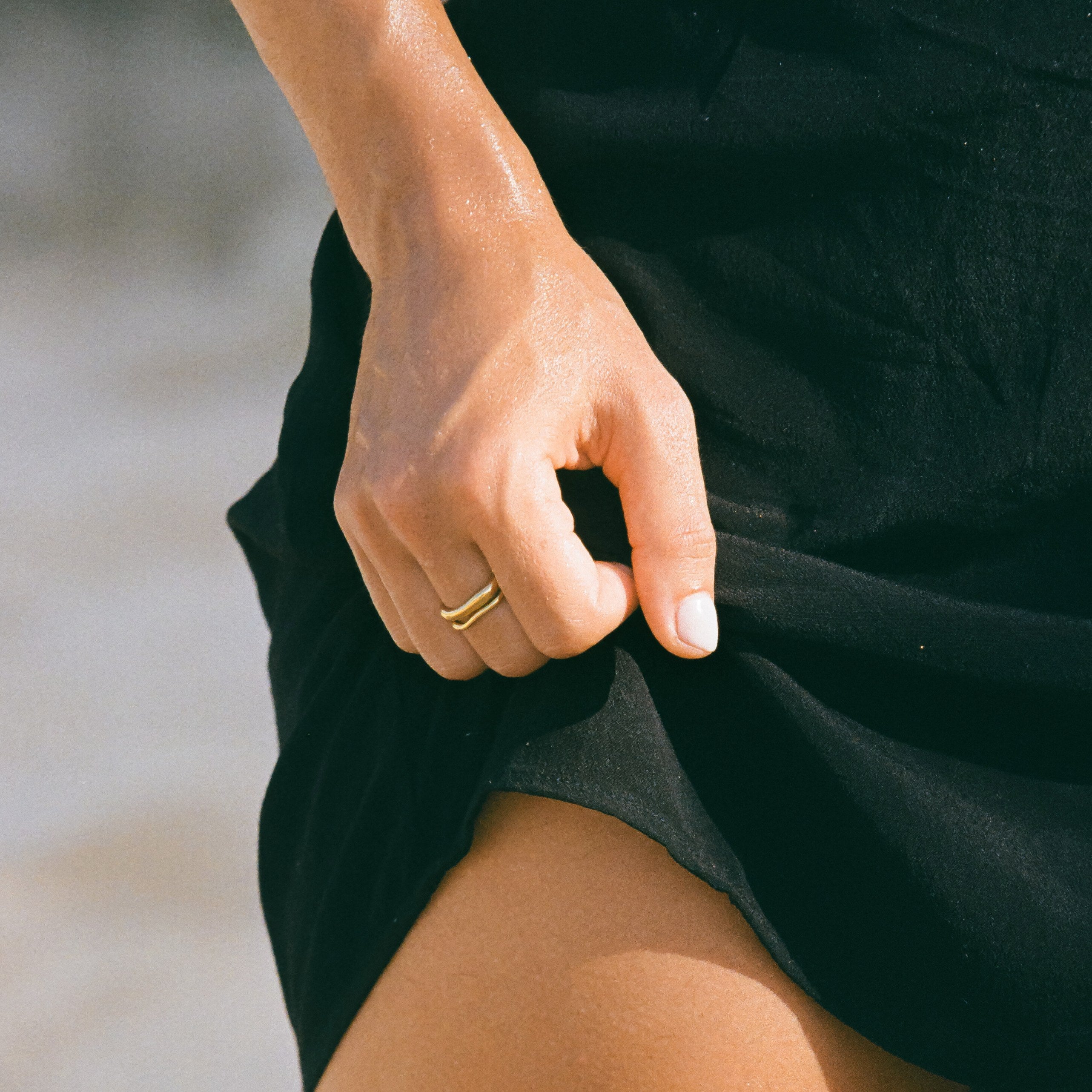

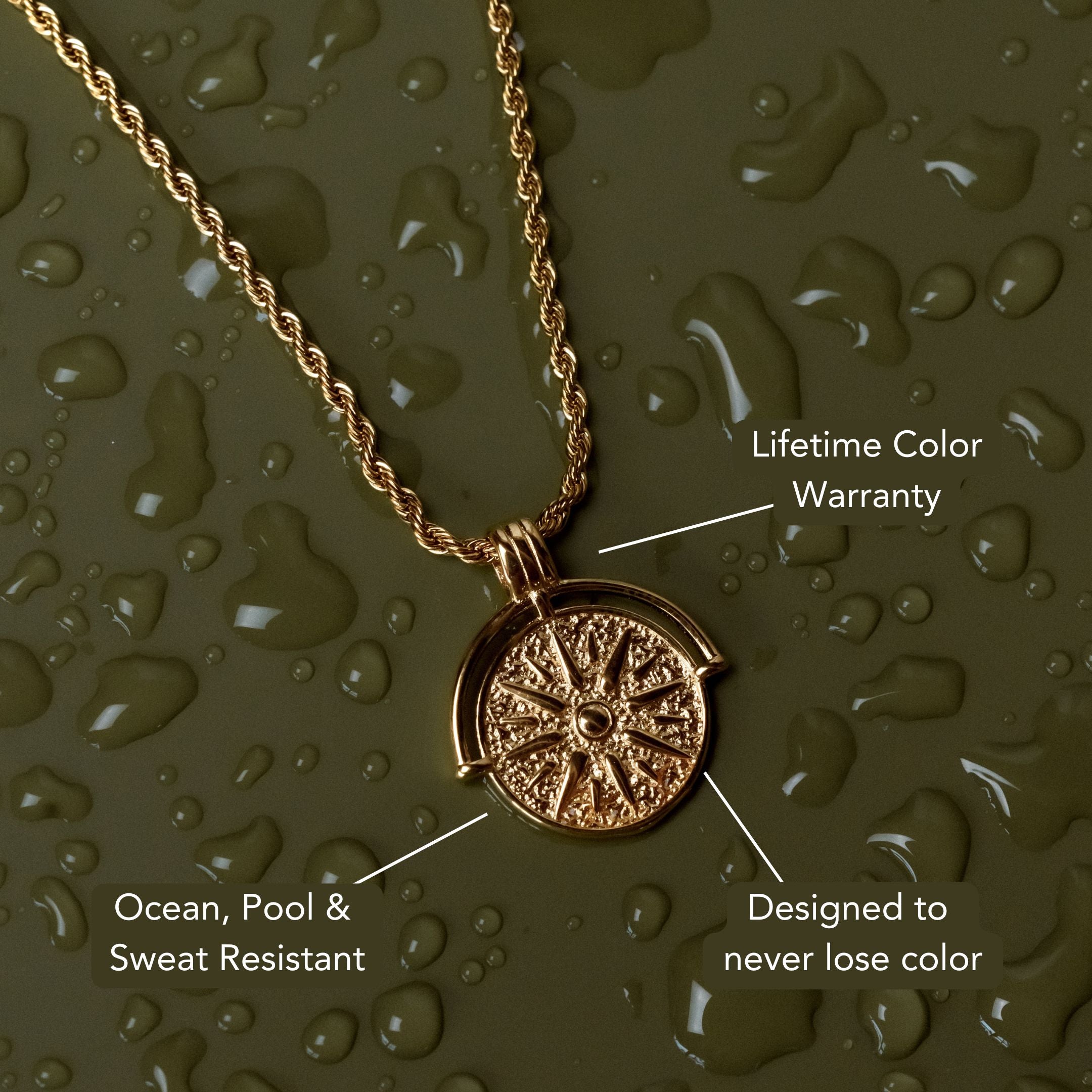
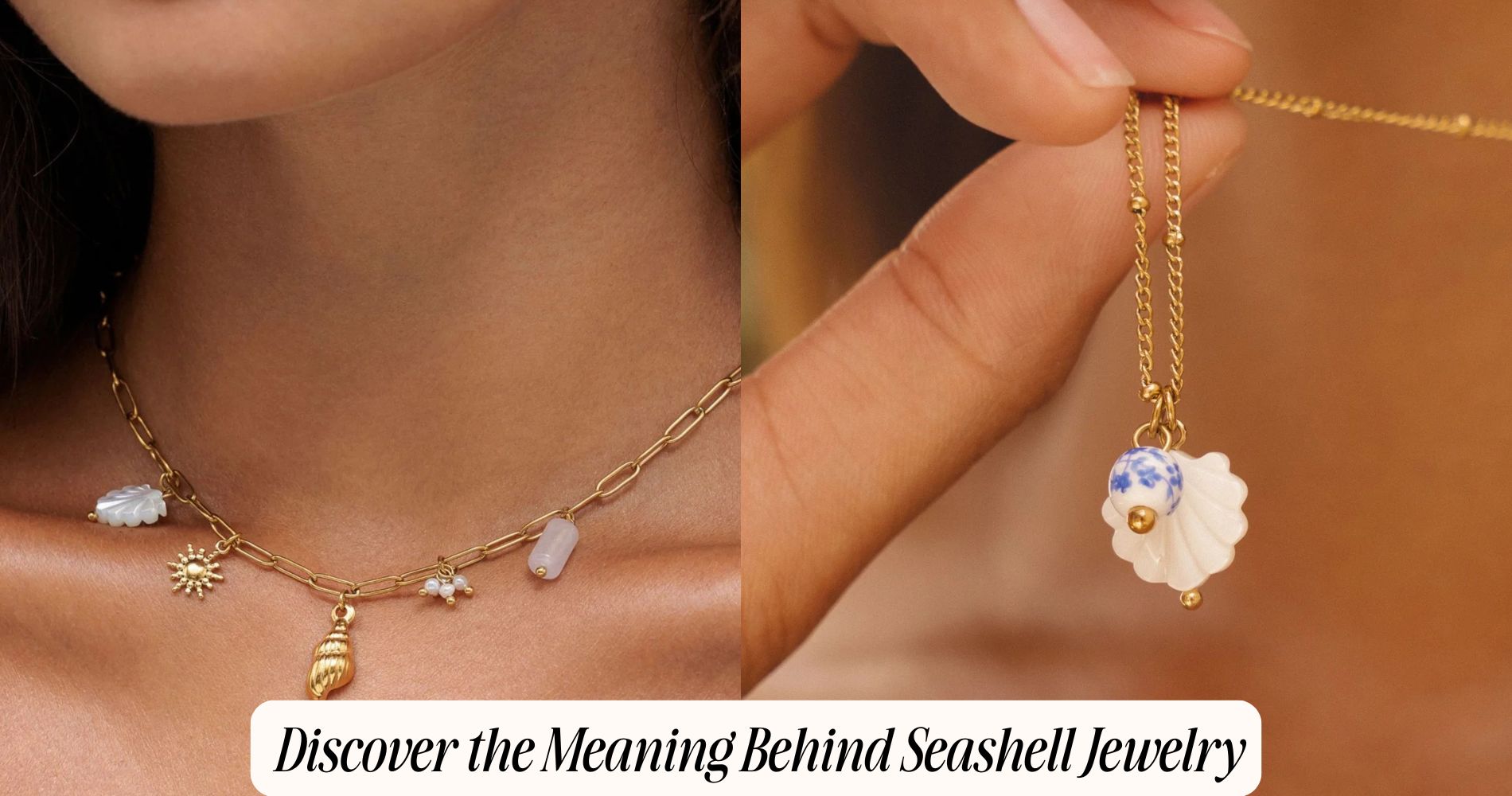
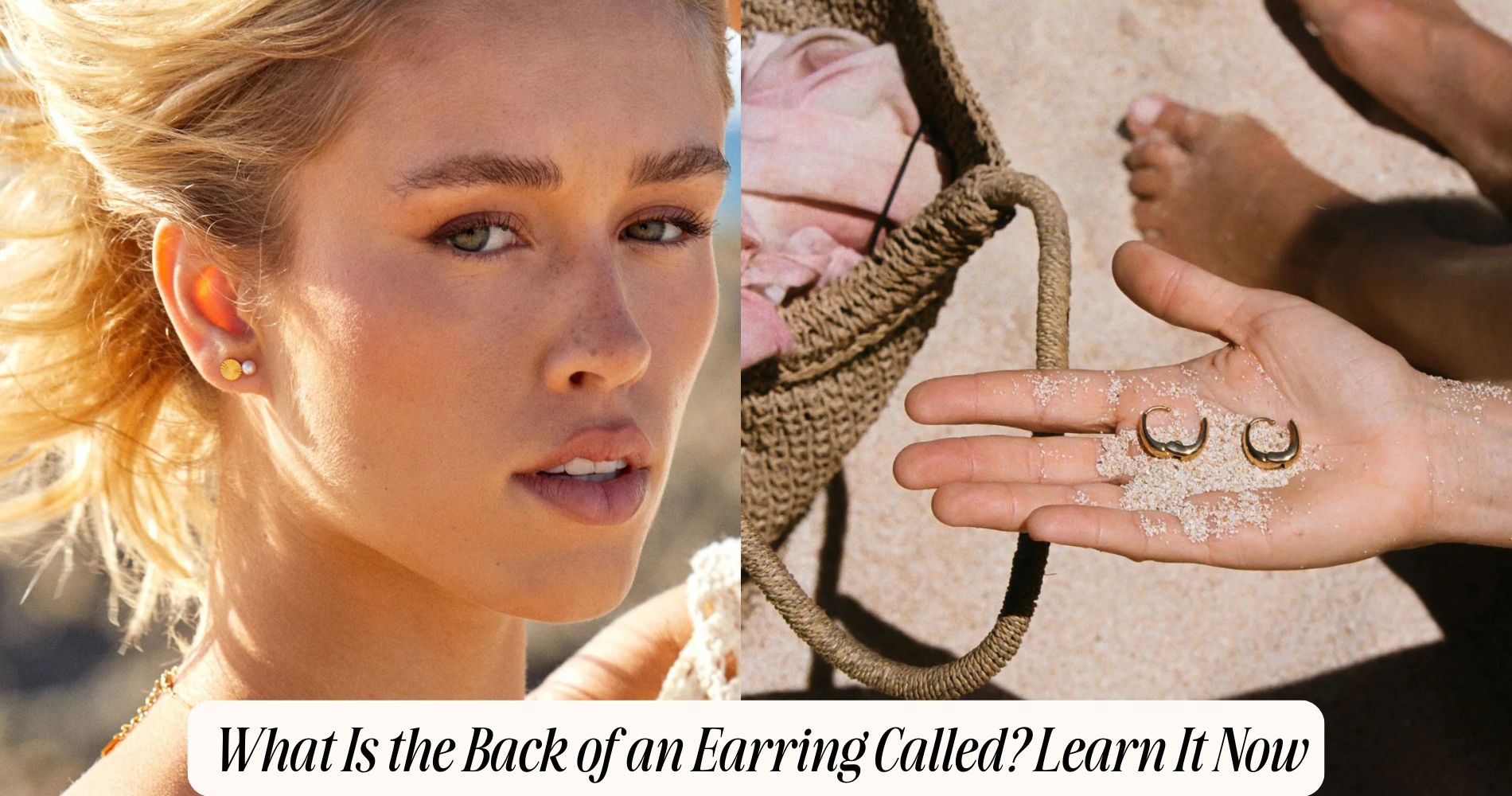



Leave a comment
This site is protected by hCaptcha and the hCaptcha Privacy Policy and Terms of Service apply.